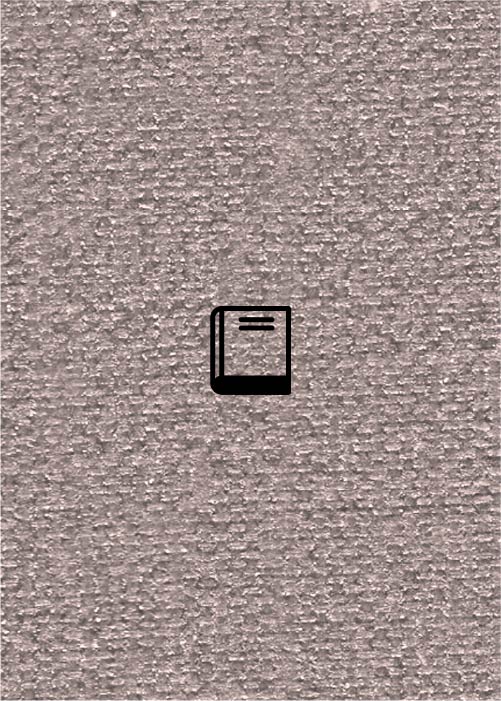(87 results found)

Sabbath Morning
… Hazzanim … Magen Avot … Adonai Malach … America … Reform … Germany … Choral music … Collection … Collections … Choir … Choral … Ashkenazi … Edward Stark … Sabbath Morning …

Sabbath Evening
… Hazzanim … Magen Avot … Adonai Malach … America … Reform … Germany … Choral music … Collection … Collections … Choir … Choral … Ashkenazi … Edward Stark … Sabbath Evening …

New Year Evening and Morning
… Hazzanim … Magen Avot … Adonai Malach … America … Reform … Germany … Choral music … Collection … Collections … Choir … Choral … Compositions … Reform temple … Ashkenazi … Edward Stark … New Year Evening and Morning …

Day of Atonement, Eve of Atonement
… Hazzanim … Magen Avot … Adonai Malach … America … Reform … Germany … Choral music … Collection … Collections … Choir … Choral … Compositions … Reform temple … Ashkenazi … Edward Stark … Day of Atonement, Eve of Atonement …

Driven into Paradise: The Musical Migration from Nazi Germany to the United States
… chronicling the experiences of musicians forced to leave Nazi Germany for racial, political, or professional reasons. … … Germany … Europe … Composers … Musician … Third Reich … Nazi Germany … Case studies … Performers … Fled … …

The Destruction of a Cultural Tradition in Germany: Organs and Organ Music in the Synagogue
… the fate of Jewish organists and organ music under the Nazis, culminating in the destruction of over 200 synagogue … … Organ … Jewish musicians … Jewish music … Third Reich … Nazi Nazis … Organ music … Kristallnacht … Margot Levy … Tina Frühauf … The Destruction of a Cultural Tradition in Germany: Organs and Organ Music in the Synagogue …

The Inextinguishable Symphony: A True Story of Music and Love in Nazi Germany
… the activities of the Kulturbund in the face of rising Nazi antagonism throughout the 1930s, and the decision by the author’s father to return from Sweden to Germany in 1936 to be with the woman who would later be his … … Frankfurt (Am Main) … Cult … Orchestra … Third Reich … Nazi Nazis … Jewish Culture Association - Jdische …

Different Drummers: Jazz in the Culture of Nazi Germany
… swing music, which were denounced as “undesirable” by the Nazis, became a form of expression and cultural resistance. … … Holocaust … Pop … Cult … Swing … Jazz … Third Reich … Nazi Nazis … Expression … Cultural resistance … Michael H. Kater … Different Drummers: Jazz in the Culture of Nazi Germany …

Music and Nazism: Art under Tyranny, 1933-1945
… of essays mapping the landscape of musical culture in Nazi Germany. Explores the ideological underpinnings of the Nazi approach to music and the implications of these ideas …

The Twisted Muse: Musicians and Their Music in the Third Reich
… Museum: Research: Bibliographies Illustrates the effect of Nazi policies on German musical culture by exploring the … … Composers … 1997 … Music … Musicians … Holocaust … Germany … Composers … Orchestra … Musician … Third Reich … Nazi Nazis … Propoganda … Performers … Musical culture … …


